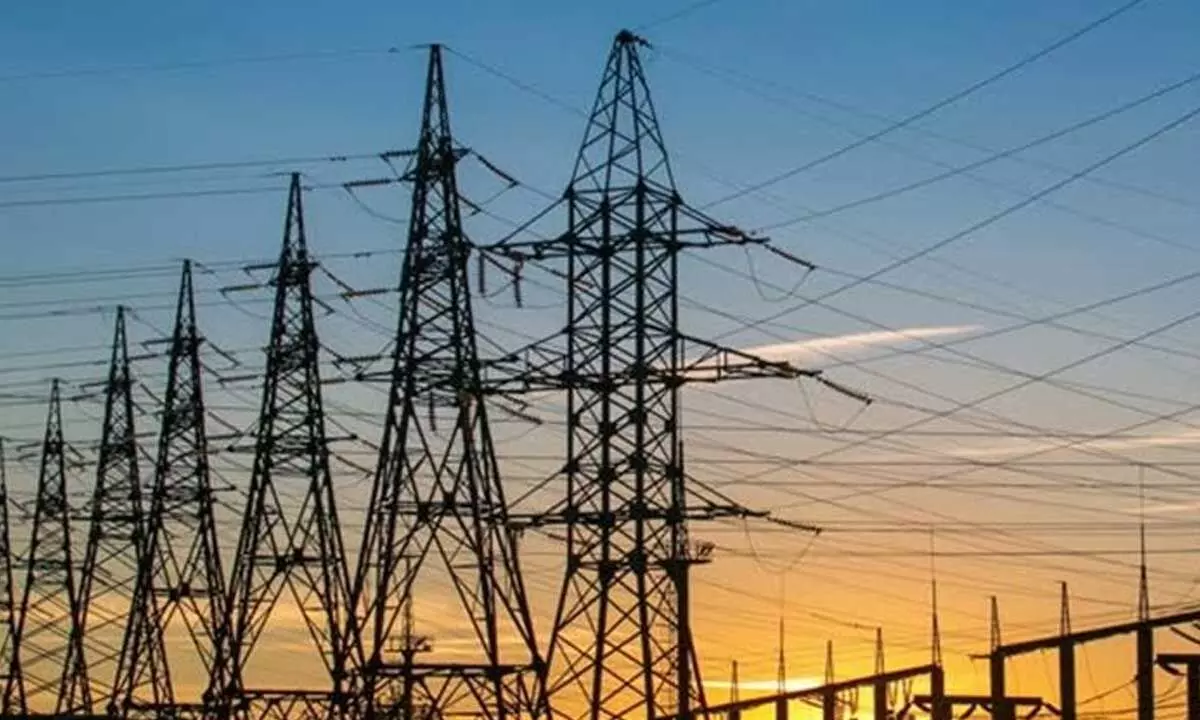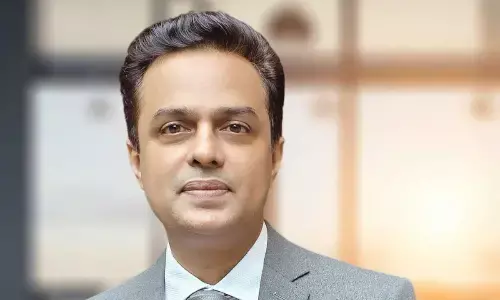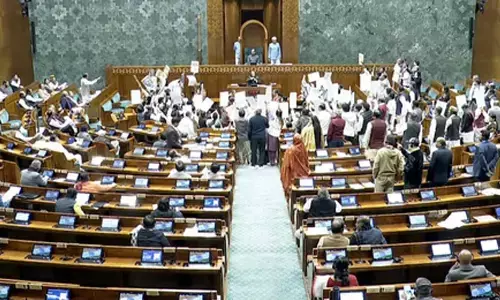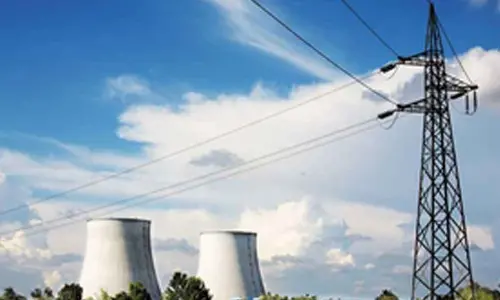India's Power Sector Transformation: A Journey Towards Sustainable Energy and Universal Access

Representational image
India's power sector has undergone a remarkable transformation, aimed at providing reliable, affordable, and sustainable energy to its people.
India's power sector has undergone a remarkable transformation, aimed at providing reliable, affordable, and sustainable energy to its people. Over the last 9 years, significant strides have been made in enhancing power generation capacity, expanding access to electricity, promoting renewable energy, and implementing innovative policies. Here we explore the inspiring achievements and transformative initiatives that have propelled India's power sector to new heights.
India's journey towards a greener future has gained global recognition. With the addition of over 175 GW of generation capacity in the past nine years, India has transitioned from a power deficit to a power surplus nation. The country's commitment to renewable energy sources has played a pivotal role in achieving this feat. The remarkable growth of solar and wind energy capacity has cemented India's position as a global leader in renewable energy adoption. Today, India stands 4th globally in Renewable Energy Installed Capacity, with 43% of its total installed electricity capacity coming from non-fossil energy sources.
India's commitment to power generation and universal electrification has been a driving force behind its transformation. The Pradhan Mantri Sahaj Bijli Har Ghar Yojana (SAUBHAGYA) initiative stands tall as a symbol of success, achieving universal household electrification, covering every village and district in the country. This ambitious program has provided electricity connections to 2.86 crore unelectrified households since September 25, 2017, both in rural and urban areas. The International Energy Agency (IEA) has called this the fastest expansion of access anywhere in the world in the history of power. The availability of power in both rural and urban areas has significantly increased, with rural areas experiencing a rise from about 12 hours per day in 2014 to 22.5 hours per day currently, and urban areas enjoying nearly 24 hours of power availability.
To improve the quality and reliability of power supply in rural areas, Deen Dayal Upadhyaya Gram Jyoti Yojana (DDUGJY) was launched in 2014. The DDUGJY program achieved 100% village electrification on April 28, 2018, by electrifying 18,374 un-electrified villages, strengthening the distribution network and ensuring electricity reaches every corner of rural India.
The government's efforts in promoting energy efficiency have also yielded remarkable results. Under the Unnat Jyoti by Affordable LEDs for All (UJALA) scheme, the procured price of LED bulbs decreased by almost 90% between 2014 and 2019, from Rs. 310 to Rs. 39.90. So far, over 36.86 crore LED bulbs have been distributed under this scheme. This initiative not only brought down electricity costs for households but also encouraged domestic manufacturing of LED bulbs, supporting the "Make in India" campaign. As a result, India has witnessed widespread adoption of energy-efficient lighting solutions, contributing to reduced energy consumption and a greener environment.
To enhance the efficiency of power distribution, the government has implemented initiatives like the Restructured Distribution Sector Scheme (RDSS). The RDSS has significantly reduced distribution losses of DISCOMs, from 21.5% in FY 2020-21 to 16.5% in FY 2021-22. These initiatives focus on reducing technical and commercial losses, improving metering and billing systems, and promoting energy efficiency. The integration of smart grids, advanced metering infrastructure, and demand response mechanisms has enhanced grid stability and allowed consumers to actively manage their energy consumption.
The transformation of India's power sector since 2014 is a remarkable story of progress and resilience. With achievements like universal electrification, the rapid expansion of renewable energy, improved distribution, and enhanced energy efficiency, India has set an inspiring example for the world. The commitment of the Government of India, coupled with the participation of stakeholders, has propelled the nation towards a future powered by sustainable, affordable, and reliable energy. As the journey continues, sustained investments, innovation, and collaboration will be key to further strengthening India's power sector and ensuring a brighter, more prosperous tomorrow for all its citizens.
*Authors: Nimish Rustagi, Additional Director General; Himanshu Pathak, Deputy Director; and Medono Zhasa, Young Professional, Research Unit, Press Information Bureau.




















